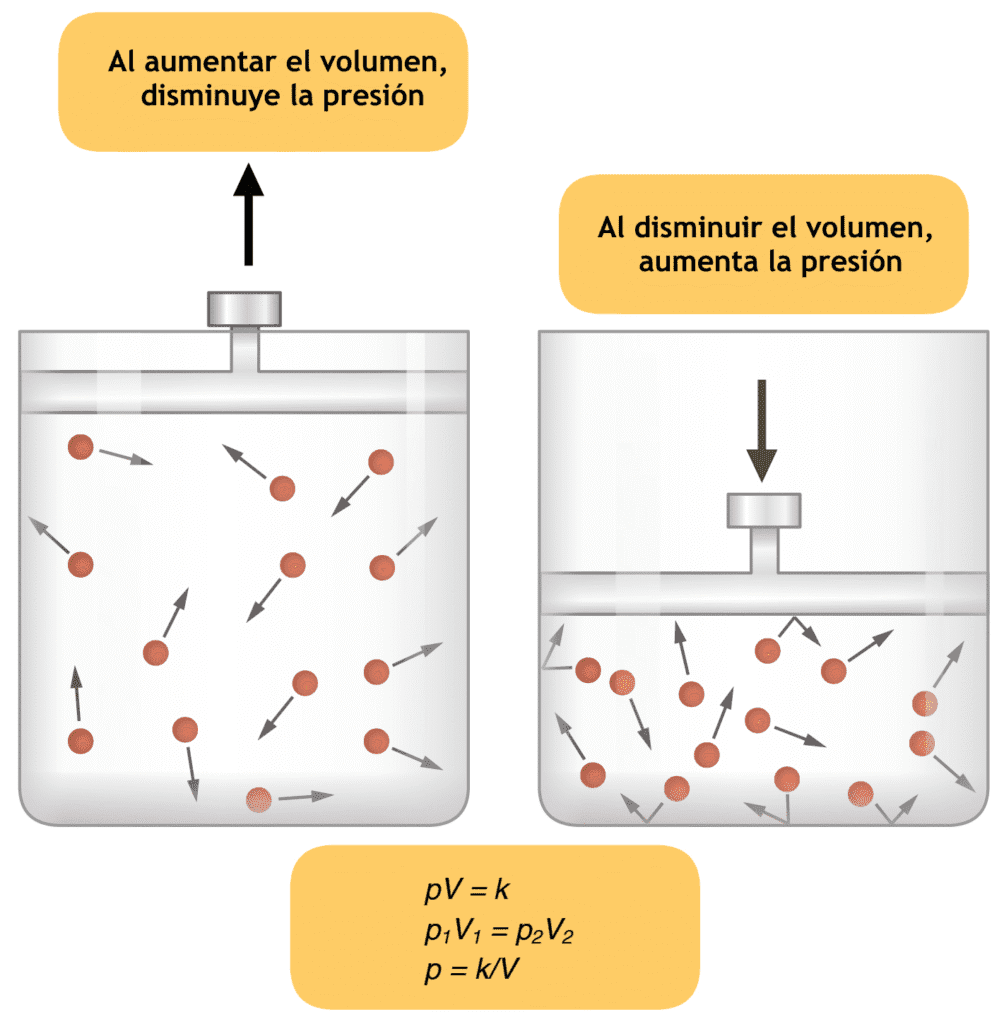Circulatory system and Enflurane Mechanism Action : Enflurane reduces BP due to vasodilatation as a result of decrease in SVR and cardiac depression. There is increase in heart rate and reduction in cardiac output. It does not sensitize the heart to catecholamines or stimulate the sympathetic nervous system. The margin between adequate anaesthesia and unacceptable hypotension is quite narrow.
Enflurane mechanism action is discussed here. Cerebral blood flow is increased and there is reduced cerebrovascular resistance, though less than halothane. There is increased cutaneous blood flow and vascular resistance. Renal blood flow is decreased by 25% and hence glomerular filtration rate. Total hepatic blood flow is reduced.
Respiratory system and Enflurane mechanism action : Enflurane is the most potent respiratory depressant and there is a reduction in minute ventilation, as well as the tidal volume. The ventilatory drive is blunted and there is depression of peripheral chemo receptors to 02 and CO2. There is mild bronchodilatation due to inhibition of bronchoconstriction. It inhibits hypoxic pulmonary vasoconstriction in a dose-dependent manner.
Central nervous system and Enflurane mechanism action : The most prominent effect is the increase in tonic-clonic muscle activity and convulsions associated with EEG evidence of seizure activity especially in the presence of hypocapnia. There is a dose-dependent reduction in cerebral metabolic oxygen consumption as well as depression of autoregulation at I MAC of enfluran.
Neuromuscular junction and Enflurane mechanism action : There is a dose-dependent reduction in neuromuscular junction. The action is at a post junctional site producing a fade; this enhances the action of nondepolarising muscle relaxants to a greater degree than halothane or isoflurane. The uterine muscle also relaxes, however the response to oxytocin is retained up to 1.75 MAC. Shivering does occur but can be suppressed with pethidine or tramadol. Hepatic necrosis after repeated administration is reported, though rare. Multiple administrations should be avoided.
Large amounts may affect renal function but not clinically seen. The above points are sufficient for the description of enflurane mechanism action .

